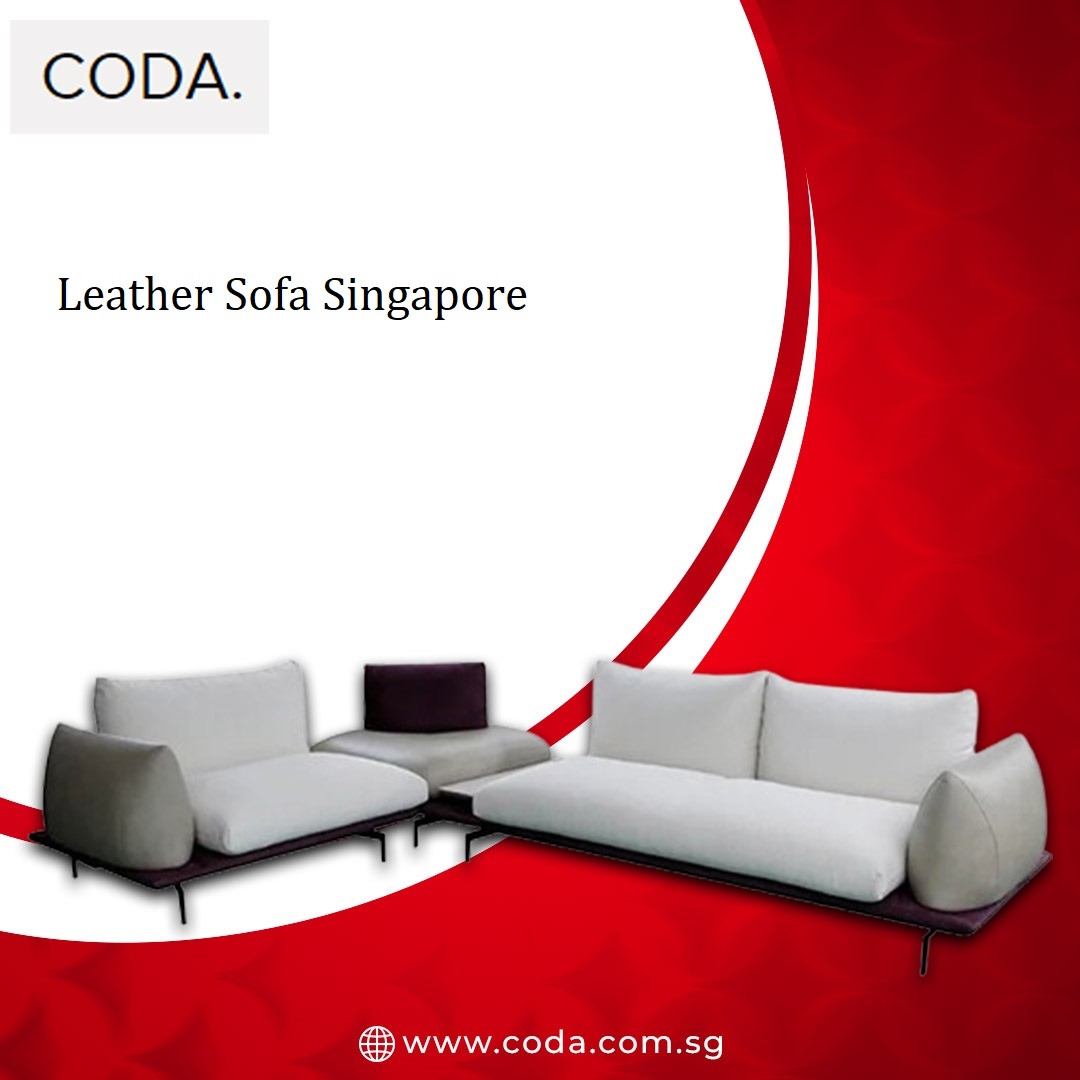
A leather sofa is more than just a piece of furniture; it’s a centerpiece that combines luxury, durability, and style. At Coda Furniture Studio, we understand the significance of choosing the right sofa for your home. This comprehensive guide will walk you through the benefits of leather sofas, the different types of leather, and essential tips for selecting and maintaining your perfect sofa.
Why Leather Sofas Are a Classic Choice
Leather sofas have long been admired for their blend of elegance and practicality. Here’s why they continue to be a popular choice for homeowners:
- Durability: One of the standout features of leather is its durability. High-quality leather is incredibly tough and resistant to damage. Unlike fabric sofas, leather can withstand years of use without tearing or showing significant wear. Over time, it develops a unique patina that enhances its character and beauty.
- Ease of Maintenance: Leather is relatively easy to maintain compared to other materials. Spills can be quickly wiped away with a damp cloth, and regular dusting helps keep the sofa looking fresh. Additionally, leather does not trap dust or allergens, making it a great option for those with allergies.
- Timeless Aesthetic: Leather sofas have a classic, sophisticated look that complements a wide range of interior styles. Whether your home is modern, traditional, or somewhere in between, a leather sofa adds a touch of elegance and refinement.
- Comfort: Over time, leather sofas become even more comfortable. The leather conforms to your body, providing a personalized seating experience that fabric sofas may not offer.
Types of Leather
At Coda Furniture Studio, we offer various types of leather, each with its unique qualities:
- Full-Grain Leather: This is the highest quality leather, made from the top layer of the hide. It retains the natural grain and imperfections, giving it a rugged yet refined appearance. Full-grain leather is highly durable and develops a rich patina with age, making each piece unique.
- Top-Grain Leather: Slightly more affordable than full-grain, top-grain leather is sanded to remove imperfections and then finished for a uniform look. It still offers excellent durability and many of the desirable qualities of full-grain leather, but it may not develop as pronounced a patina.
- Split Leather: Derived from the lower layers of the hide, split leather has a more uniform texture and is typically coated with a synthetic layer to enhance its appearance. While it is more budget-friendly, it lacks the durability and natural feel of full-grain and top-grain leathers.
- Bonded Leather: Made from leather scraps and synthetic materials, bonded leather is the most economical option. It is less durable and doesn’t offer the same natural characteristics as higher-quality leathers, but it provides an affordable alternative.

Choosing the Right Leather Sofa
Selecting the perfect leather sofa involves more than just picking a style or color. Here are some key factors to consider:
- Style and Design: Leather sofas come in various styles, from sleek modern designs to classic, tufted looks. Choose a style that complements your existing décor and suits your personal taste. Whether you prefer a minimalist, contemporary look or something more traditional, there’s a leather sofa to match.
- Color and Finish: Leather sofas are available in a range of colors and finishes. Darker shades like black or brown can add sophistication and are less likely to show wear, while lighter colors can brighten up a room. The finish of the leather also affects its look and feel; aniline leather offers a natural, matte finish, while pigmented leather has a more uniform color.
- Comfort and Support: Comfort is crucial when selecting a sofa. Sit on the sofa to test its cushioning and support. Leather sofas vary in firmness, so choose one that aligns with your comfort preferences. Make sure the sofa’s dimensions and proportions are suitable for your space and needs.
- Size and Proportion: Measure your space carefully to ensure the sofa will fit comfortably. Consider the size of the sofa in relation to the room’s dimensions. A large sofa may overwhelm a small room, while a small sofa might look out of place in a larger space.
Caring for Your Leather Sofa
Proper care is essential to keep your leather sofa looking its best. Follow these tips to maintain its appearance:
- Regular Cleaning: Dust your leather sofa regularly with a soft, dry cloth to prevent dirt from accumulating. For deeper cleaning, use a leather cleaner recommended by the manufacturer. Avoid using harsh chemicals or abrasive materials that could damage the leather.
- Conditioning: Apply a leather conditioner every 6 to 12 months to keep the leather supple and prevent it from drying out. Conditioning helps maintain the leather’s natural oils and flexibility.
- Avoid Direct Sunlight: Protect your sofa from direct sunlight, which can cause fading and drying. Position the sofa away from windows or use window coverings to minimize UV exposure.
- Address Spills Promptly: Blot spills immediately with a clean, dry cloth. Avoid rubbing the stain, as this can spread it. For persistent stains, consult a professional cleaner.
Conclusion
Investing in a leather sofa from Coda Furniture Studio is a decision that combines luxury, durability, and timeless style. By understanding the different types of leather, carefully choosing the right sofa, and following proper care instructions, you can enjoy the elegance and comfort of leather for years to come. Explore our collection today to find the perfect leather sofa that will elevate your living space and reflect your personal style.